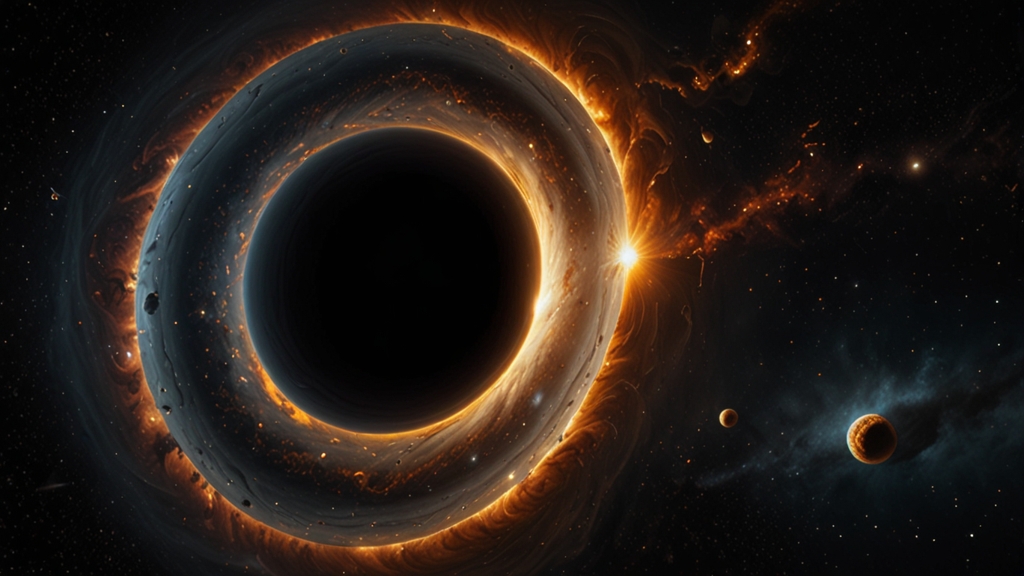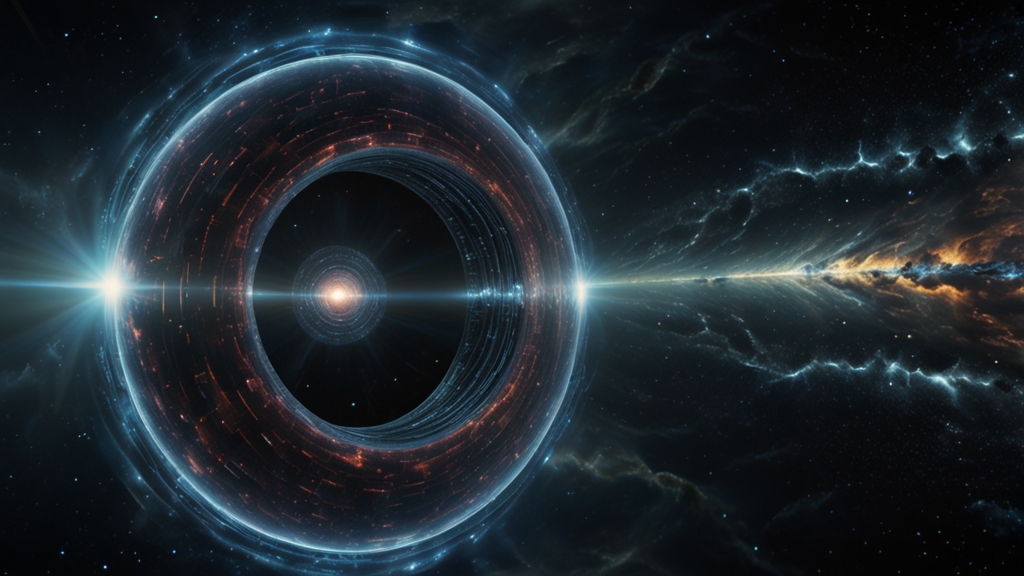Black Holes Beyond Our Wildest Imagination
Black holes have long captured the curiosity and imagination of scientists and the general public alike. Often depicted as voracious cosmic monsters that devour everything in their path, black holes are, in reality, far more complex and mysterious. Recent developments in astrophysics have expanded our understanding of these enigmatic entities, revealing phenomena that stretch the limits of human imagination.
The Basics: What Are Black Holes?
Contrary to popular belief, black holes are not cosmic vacuums sucking up everything around them. Instead, they are regions in space where gravity is so strong that nothing—not even light—can escape from them. This intense gravitational pull stems from a point called the singularity, where mass is compressed into infinite density.
Black holes are formed through the death of massive stars. When such a star exhausts its nuclear fuel, its core collapses under gravity, leading to either a neutron star or, if sufficiently massive, a black hole. This results in an event horizon, the boundary beyond which nothing can escape the black hole's pull.
"Black holes are where God divided by zero." – Stephen Wright
The Event Horizon: The Point of No Return
The event horizon is often referred to as the "point of no return." Once any form of matter or radiation crosses this boundary, it irrevocably plunges into the black hole. Beyond this, our current understanding of physics breaks down. Time and space essentially swap roles, and speculative theories like 'spaghettification' describe the stretching of objects due to immense gravitational gradients.
It's worth noting that the event horizon is not a physical surface; you wouldn’t see a boundary as you approach it. This invisibility adds to the complex and unfathomable nature of black holes.
Spaghettification: A Gourmet’s Worst Nightmare
When objects approach the event horizon of a black hole, they experience what’s whimsically nicknamed “spaghettification.” Due to the extreme differences in gravitational pull at different points of an object approaching the black hole, objects are stretched and pulled apart into long, thin shapes. This effect demonstrates the unyielding power of black hole gravity.
"In the end, detachment from earthly concerns enables us to see the black hole for what it truly is: a fascinating, albeit deadly, feature of our universe." – Kip Thorne
Hawking Radiation: Black Holes Can Lose Mass?
Stephen Hawking revolutionized our understanding of black holes by proposing that they are not entirely black. According to Hawking radiation theory, black holes can emit radiation due to quantum effects near the event horizon. This revelation implies that black holes can eventually lose mass and evaporate over astronomical timescales, contradicting the notion that they inexorably grow over time.
Gravitational Waves: Echoes Through the Cosmos
The detection of gravitational waves, ripples in spacetime caused by violent cosmic events like black hole mergers, has opened a new window into our understanding of the universe. These waves provide empirical evidence for Einstein's theory of General Relativity and offer a novel way to observe the cosmos. Gravitational wave observatories like LIGO have captured these ethereal disturbances, confirming black hole collisions and expanding our comprehension of cosmic dynamics.
Conclusion: A Frontier of Discovery
Black holes are not just celestial curiosities but pivotal elements in the cosmic dance, contributing to the evolution and structure of the universe. They challenge our understanding of physics, pushing the boundaries of human knowledge. As we continue to explore these dark titans of the cosmos, they will undoubtedly reveal more about the universe, compelling us to rethink our place in it. Indeed, black holes remain gateways to mysteries that lie beyond our wildest imagination.











